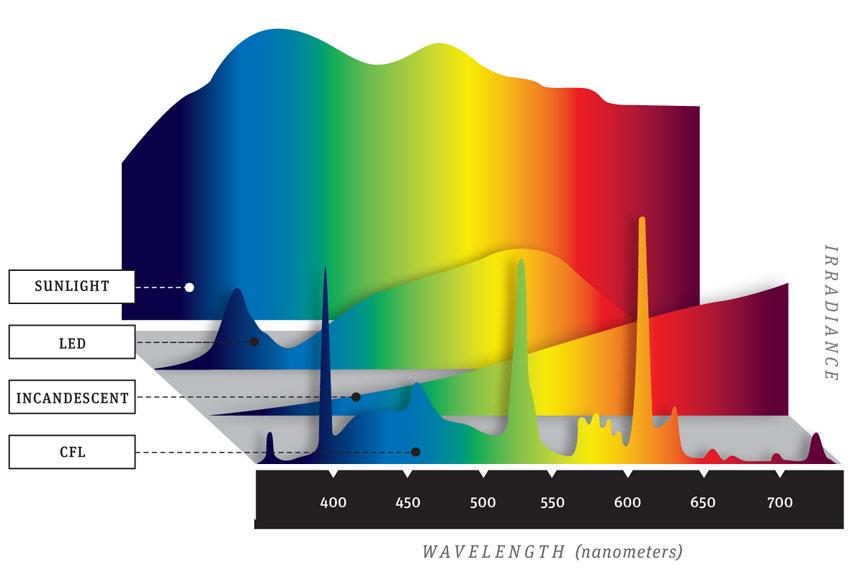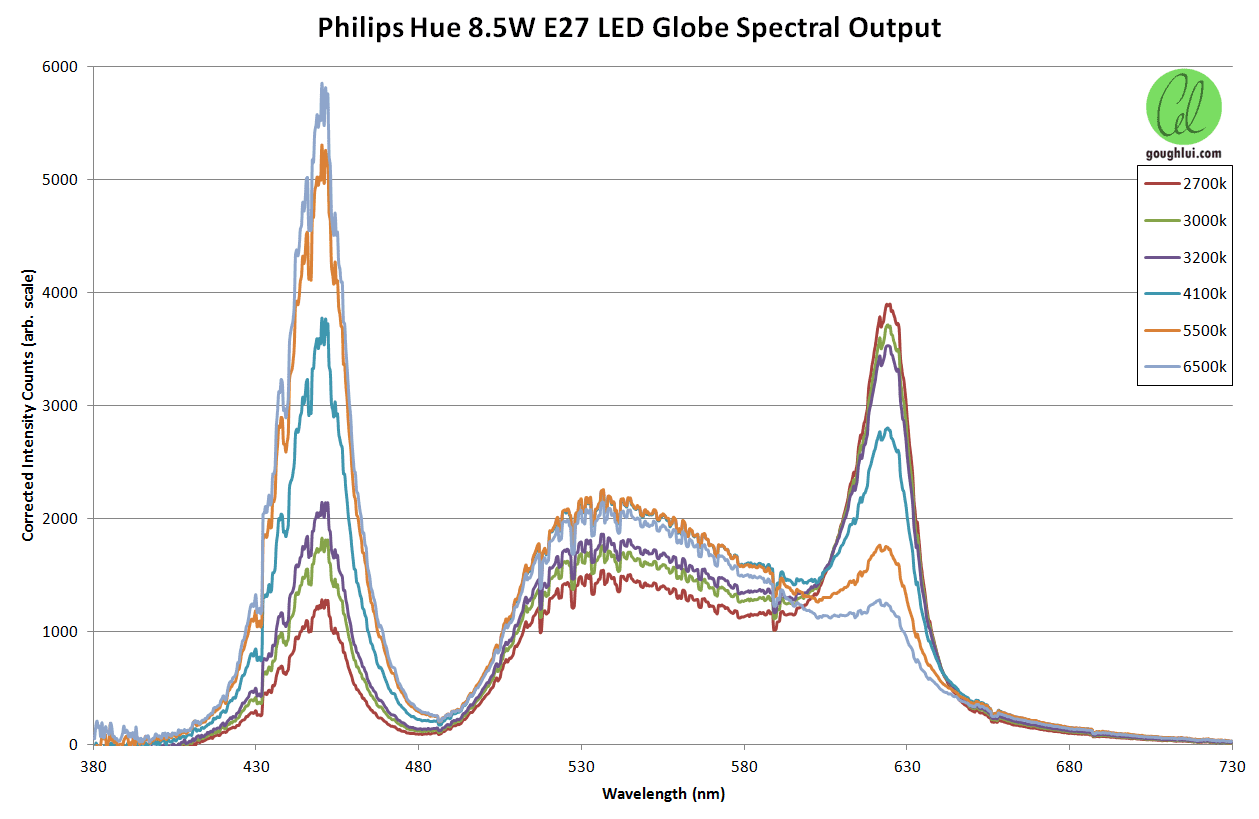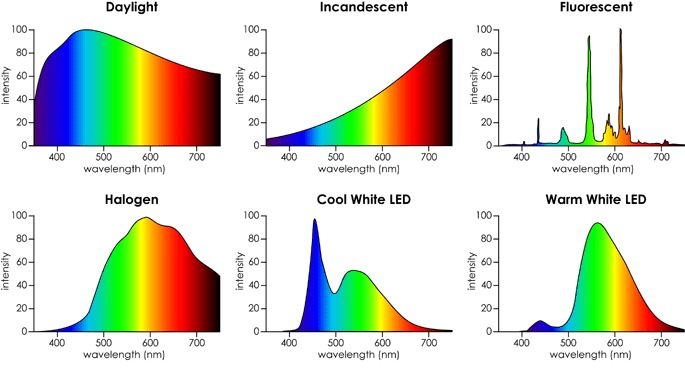ecstatichamster
Member
- Joined
- Nov 21, 2015
- Messages
- 10,519
Twisties (CFLs)...LED...
Incandescents are harder to get now...
Incandescents are harder to get now...
Follow along with the video below to see how to install our site as a web app on your home screen.
Note: This feature may not be available in some browsers.
Click Here if you want to upgrade your account
If you were able to post but cannot do so now, send an email to admin at raypeatforum dot com and include your username and we will fix that right up for you.




thoughts on these: Finally Light Bulbs | Introducing Finally Light BulbsJust bought a 400W halogen lamp.
please explainLED lights are receivers and transmitters of microwaves according to Anthony Patch editor of Entangled Magazine. He is a technology investigator.
Anthony Patch - Home
~60 lumens / watt , so about 60-70% as efficient as LEDthoughts on these: Finally Light Bulbs | Introducing Finally Light Bulbs
thoughts on these: Finally Light Bulbs | Introducing Finally Light Bulbs
Looks interesting at first glance. I wonder if there are negative effects from that violet peak though. I'm not suggesting that there are but I'd look into it if I was thinking of getting these.thoughts on these: Finally Light Bulbs | Introducing Finally Light Bulbs